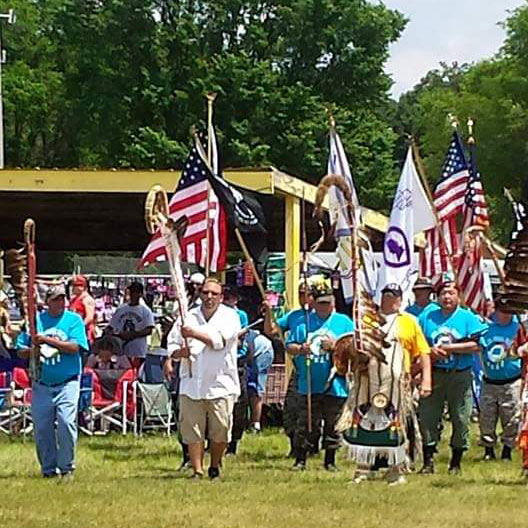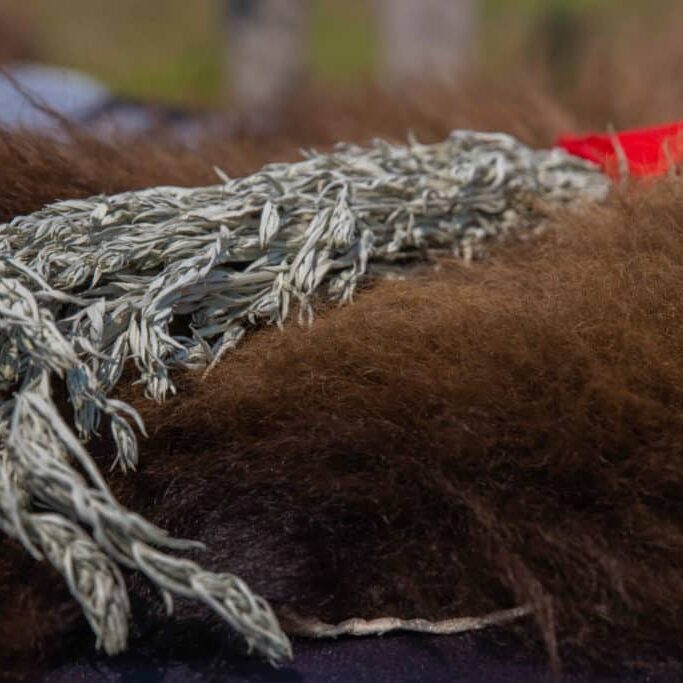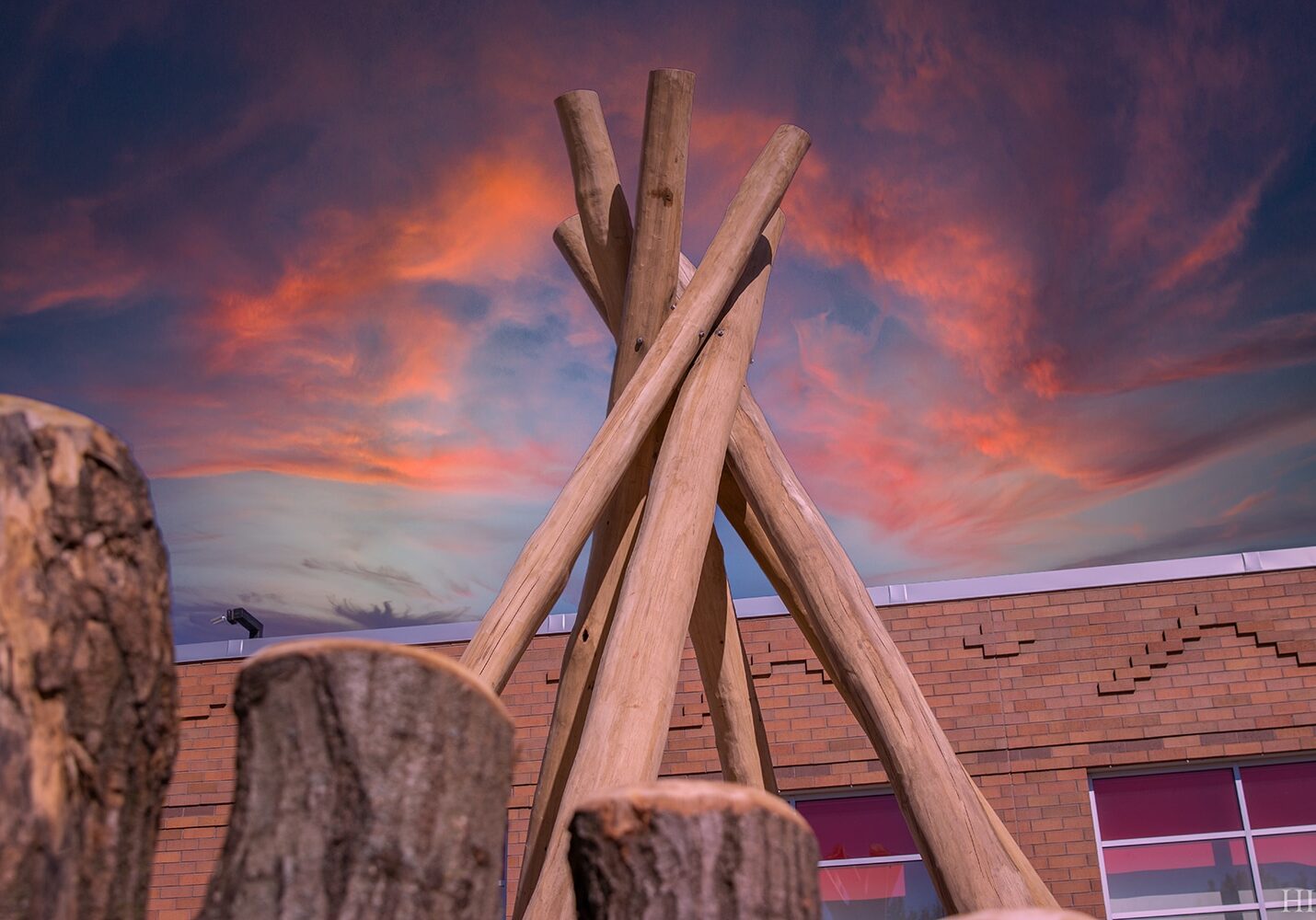

The Lower Sioux Indian Community Welcomes You
The Lower Sioux Indian Community is a federally-recognized Indian tribe located in south central Minnesota in Redwood County, approximately two miles south of Morton. The Community Center is located on the southern bluffs of the Minnesota River Valley.
Approximately 145 families live on 1,743 acres of tribal land. A total tribal population of 982 resides throughout a 10-mile service area and beyond.
Mdewakanton Band of Dakota
While "Lower Sioux" was the name given to our band and our homeland after treaties with the United States in 1851, members of the Lower Sioux Indian Community are part of the Mdewakanton Band of Dakota. The Dakota, which translates closely to "friend" or "ally" in our language, referred to our traditional Minnesota River Valley homeland as Cansa'yapi (where they marked the trees red).
Pride in our history and our culture are the heart and spirit of everything we do. Today, the Lower Sioux Community has almost 930 enrolled members, more than half of who reside on Tribal lands.
History of the Mdewakanton
Minnesota, the place where the water reflects the sky, is the place of Dakota origin. The Dakota have thrived in this area since time immemorial.
Prior to 1862, the Minnesota Dakota, also known by the French term, "Sioux," consisted of four bands known as the Mdewakanton and Wahpekute (together comprising the "lower bands"), and the Sisseton and the Wahpeton (known as the "upper bands" or "Dakota Sioux"), all of whom lived along the Minnesota River.
In August of 1862, young traditionalists in these four bands waged war against the United States following two years of unfulfilled treaty obligations, including the failure to make payment on lands and provide health care or food. Although, some 500 settlers and hundreds of Mdewakanton lost their lives, hundreds of Mdewakanton came to the aid of both non-Indians and Indians during the war.

After defeating the bands, the United States punished the Dakota by nullifying its treaties with them, voiding annuities that had been granted as part of the terms of the treaties, and removing all Dakota from what is now the State of Minnesota.
Many families returned to their homeland in spite of this government-imposed exile, and because some had been loyal to the United States during the "Outbreak," those loyalists were permitted to stay on the Minnesota lands provided for the Dakota under the treaties.


Need more information?
We are committed to improving the health and well-being of our community members. If you have questions or need assistance, please contact us.
